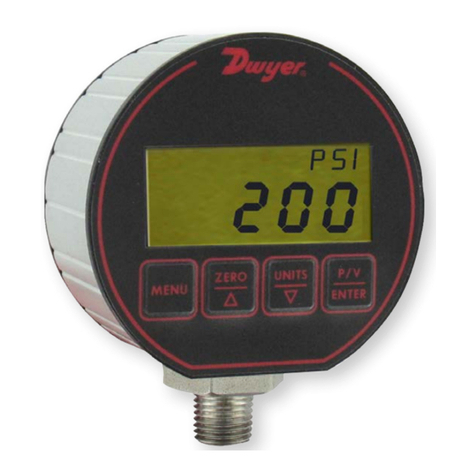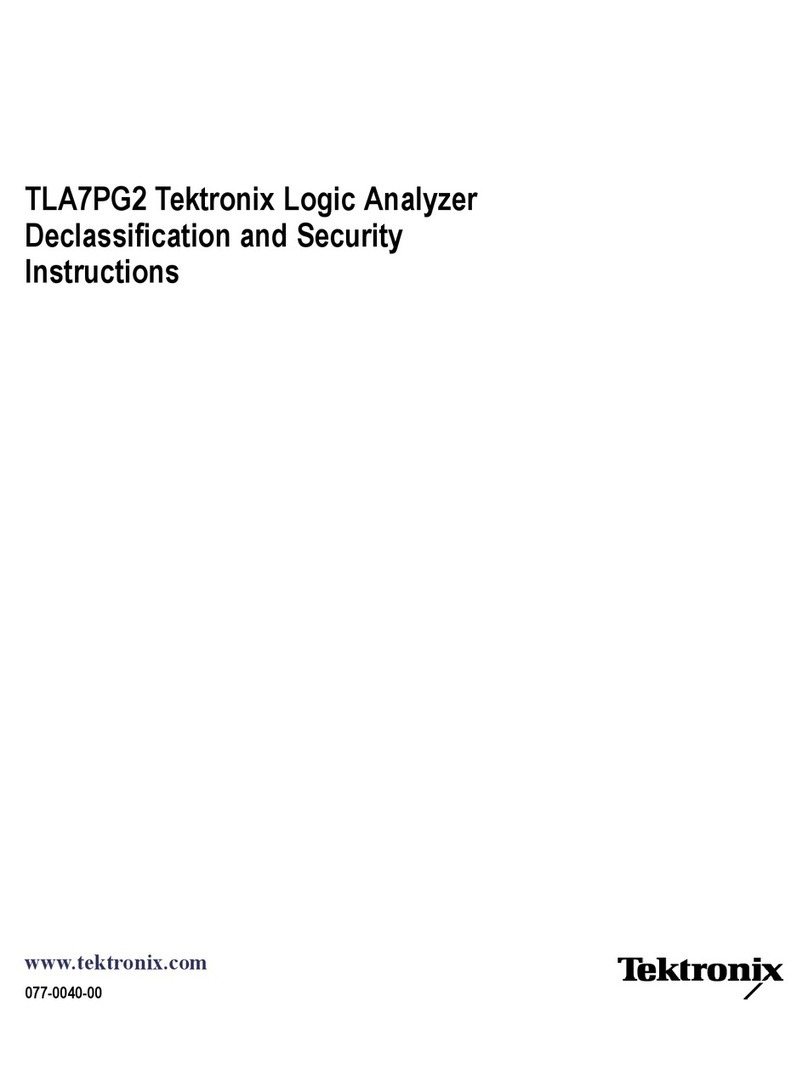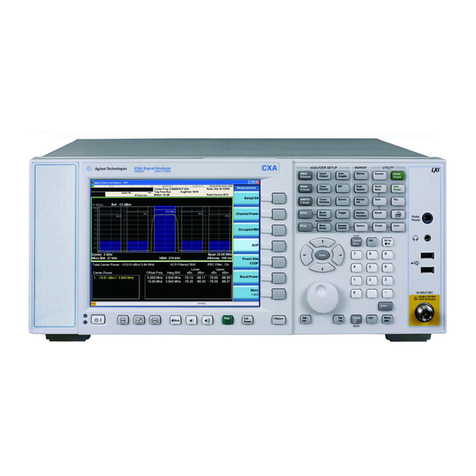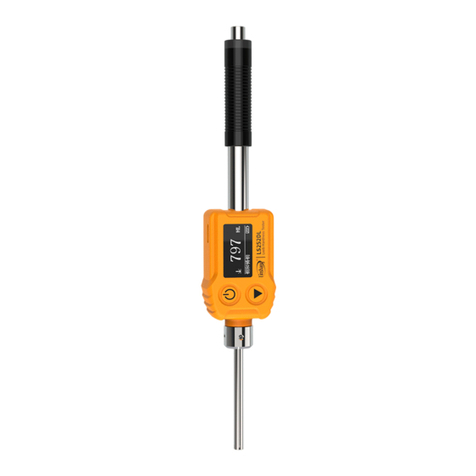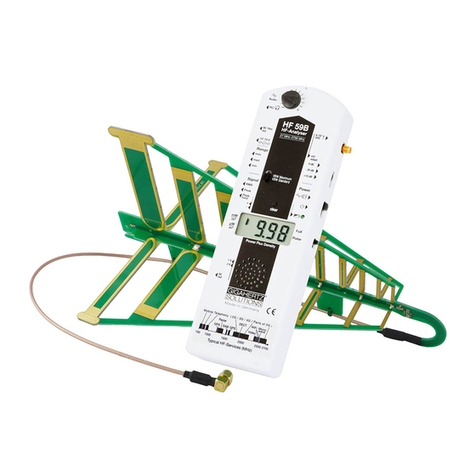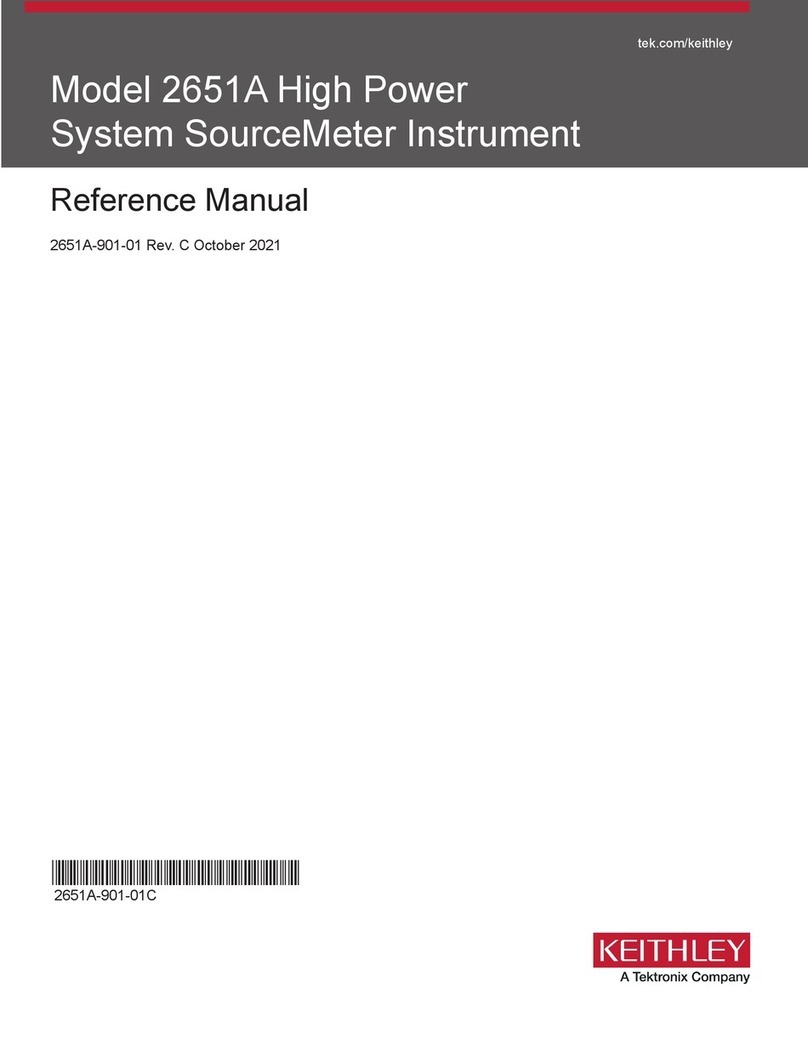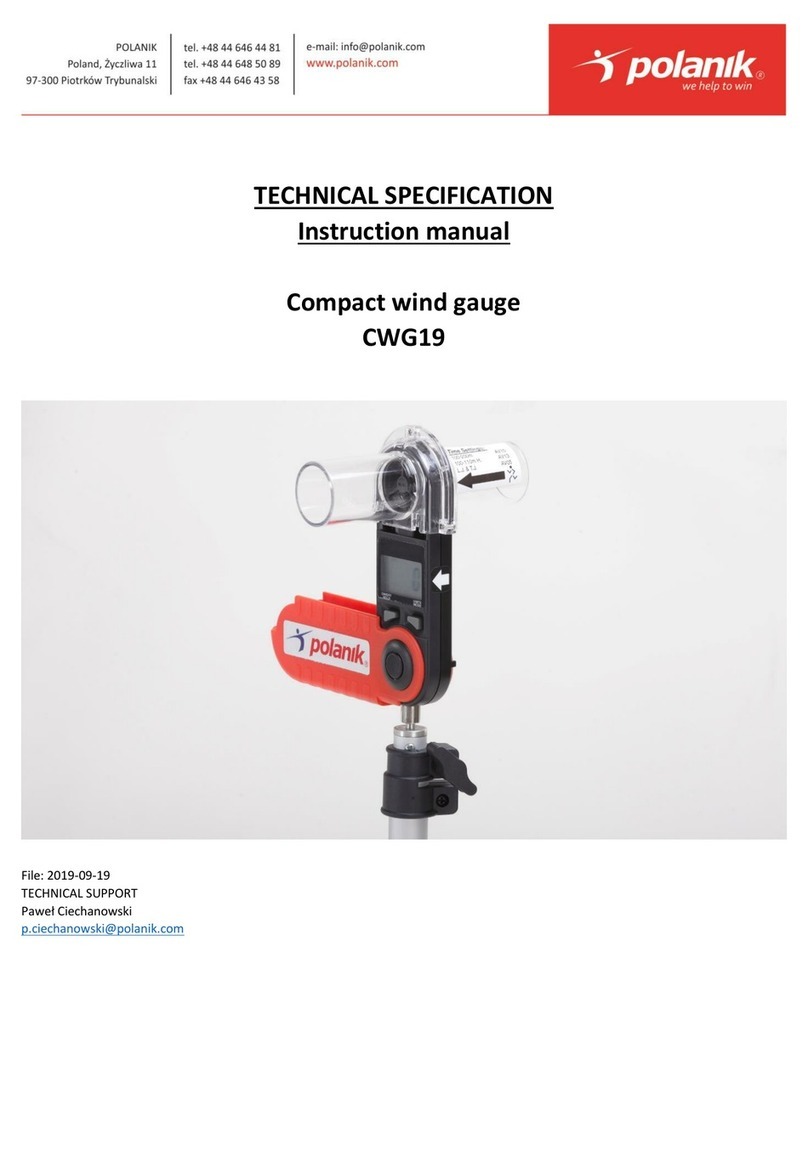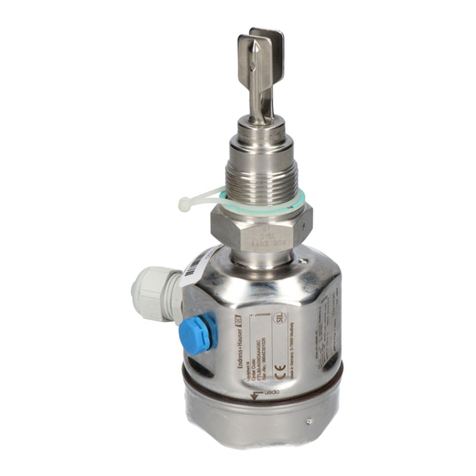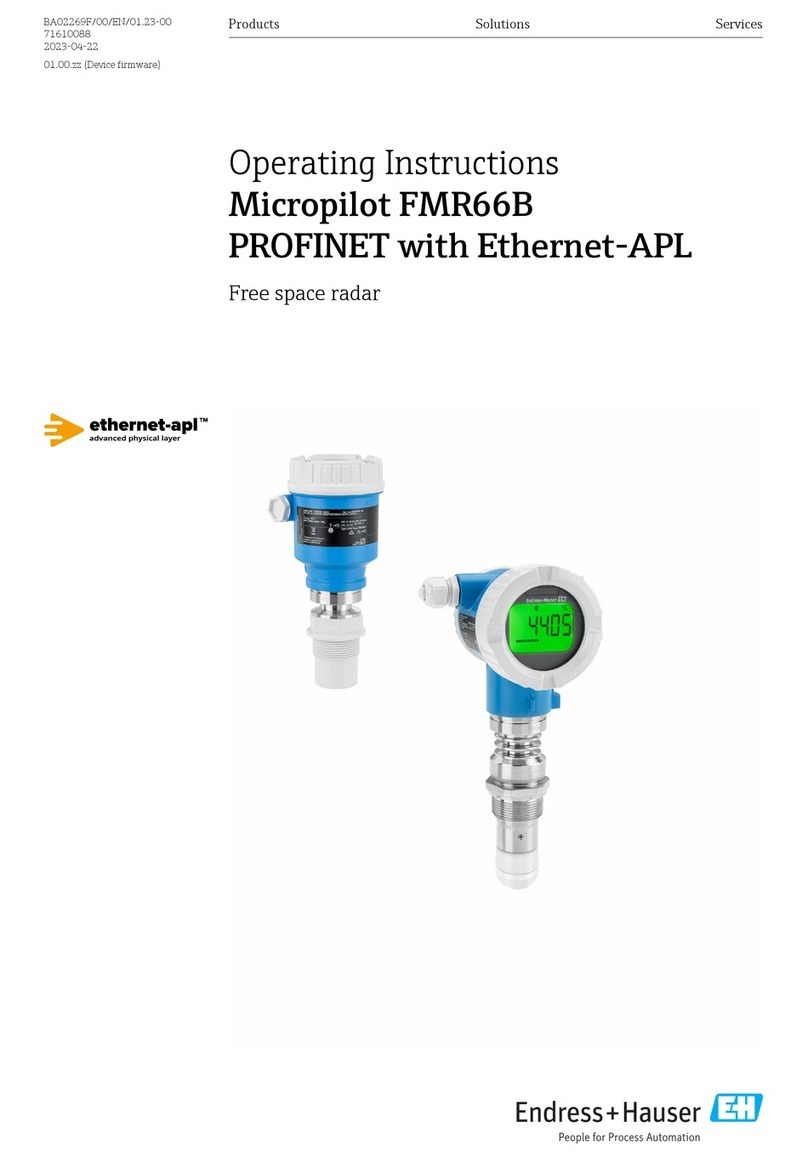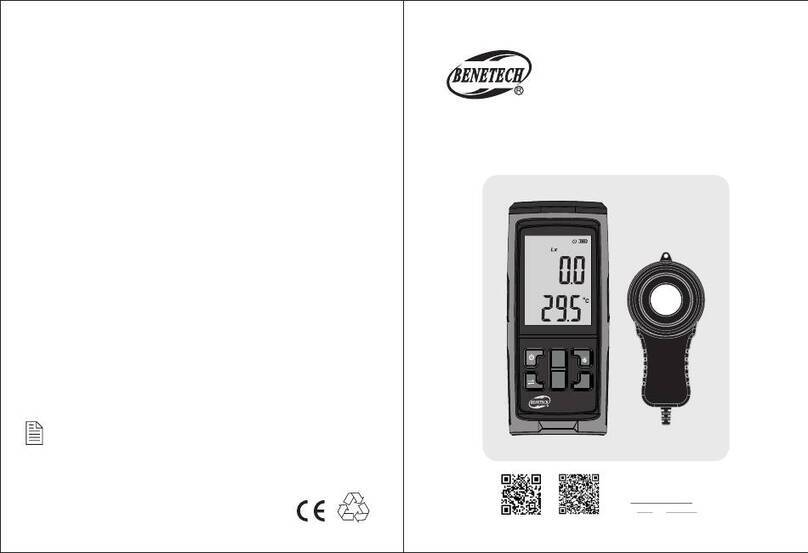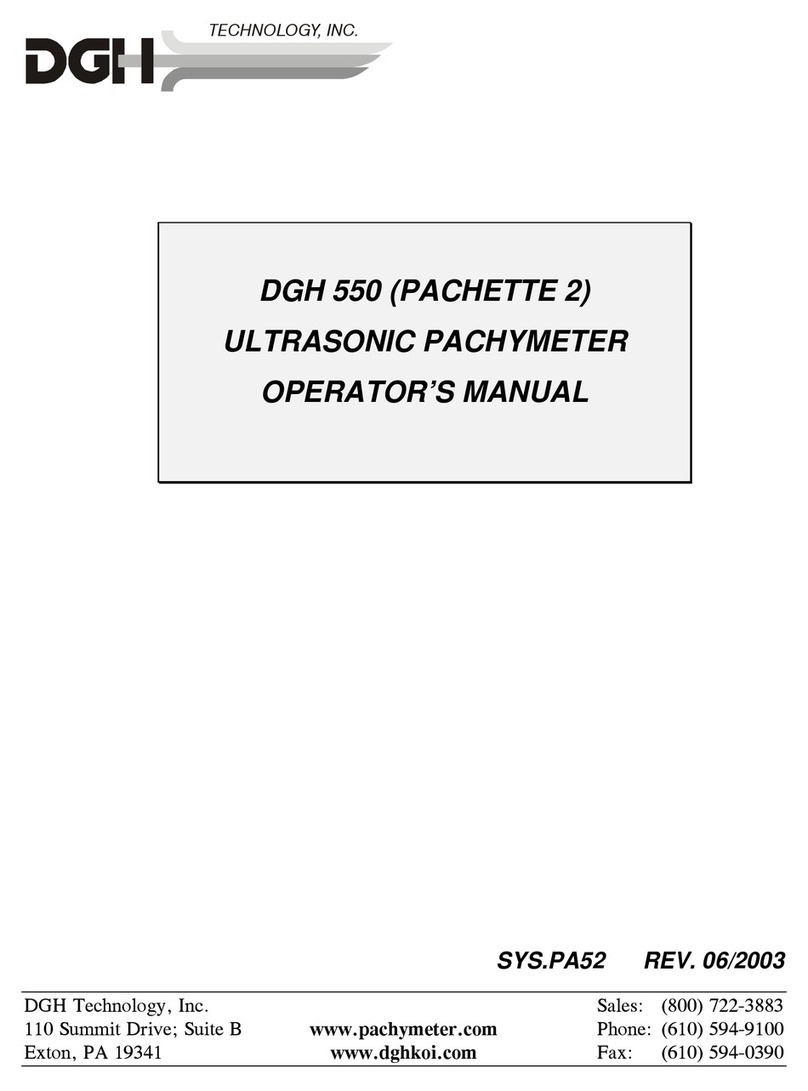Page 4 of 87 DGH 55B-INS-OMENG Rev: 3
9.3 SLEEP MODE..................................................................................................................................................25
9.4 POWERING DOWN ..........................................................................................................................................25
9.5 CHECKING BATTERY POWER .........................................................................................................................25
10. PATIENT MODES ..........................................................................................................................................26
10.1 SINGLE PATIENT MODE.............................................................................................................................26
10.2 MULTI-PATIENT MODE .............................................................................................................................28
10.3 CHANGING PATIENT MODES .....................................................................................................................30
10.4 ADDING PATIENT IDENTIFICATION INFORMATION.....................................................................................31
10.5 CLEARING PATIENT INFORMATION............................................................................................................32
11. MEASUREMENT MODES............................................................................................................................33
11.1 CONTINUOUS AVERAGING MEASUREMENT MODE....................................................................................33
11.2 MAPPING MEASUREMENT MODE ..............................................................................................................34
11.3 CHANGING MEASUREMENT MODES ..........................................................................................................35
12. TAKING MEASUREMENTS ........................................................................................................................36
12.1 POWER UP SEQUENCE...............................................................................................................................36
12.2 MEASUREMENT IN CONTINUOUS AVERAGING MODE................................................................................37
12.3 MEASUREMENT IN MAPPING MODE ..........................................................................................................40
12.4 VIEWING DATE AND TIME.........................................................................................................................43
13. CONFIGURING THE PACHMATE 2..........................................................................................................44
13.1 ENTERING AND NAVIGATING THE CONFIGURATION MENU .......................................................................44
13.2 PARAMETERS FOR CONTINUOUS AVERAGING MEASUREMENT MODE.......................................................47
13.3 PARAMETERS FOR MAPPING MEASUREMENT MODE .................................................................................48
13.4 GENERAL DEVICE PARAMETERS ...............................................................................................................49
13.5 BLUETOOTH®PARAMETERS ......................................................................................................................51
14. CONFIGURING BLUETOOTH®CONNECTIONS ...................................................................................53
14.1 ENABLING BLUETOOTH®...........................................................................................................................53
14.2 PAIRING WITH A BLUETOOTH®ENABLED PRINTER ....................................................................................53
14.3 SENDING MEASUREMENTS TO A BLUETOOTH®ENABLED WIRELESS PRINTER ............................................55
14.4 PAIRING WITH A BLUETOOTH®ENABLED PC.............................................................................................56
14.5 ADDING COM PORTS................................................................................................................................59
14.6 SENDING AND RECEIVING INFORMATION VIA BLUETOOTH®CONNECTION TO A PC...................................60
14.7 RECALLING PAIRED DEVICE CONFIGURATION............................................................................................61
14.8 CLEARING ASINGLE PAIRED BLUETOOTH®DEVICE .................................................................................61
14.9 CLEARING ALL PAIRED BLUETOOTH®DEVICES........................................................................................62
15. DGH CONNECT SOFTWARE......................................................................................................................63
15.1 SOFTWARE REQUIREMENTS.......................................................................................................................63
15.2 INSTALLING THE SOFTWARE......................................................................................................................64
15.3 CONFIGURING THE SOFTWARE ..................................................................................................................65
15.4 ADDING A DEVICE .....................................................................................................................................67
15.5 EXPORTING PATIENT INFORMATION TO THE PACHMATE 2 ........................................................................68
15.6 INITIATING MEASUREMENT TRANSFER USING THE PC SOFTWARE .............................................................70
15.7 INITIATING MEASUREMENT TRANSFER USING THE PACHMATE 2 ...............................................................72
16. CHANGING BATTERIES .............................................................................................................................75
16.1 CHANGING THE BATTERIES.......................................................................................................................75





















